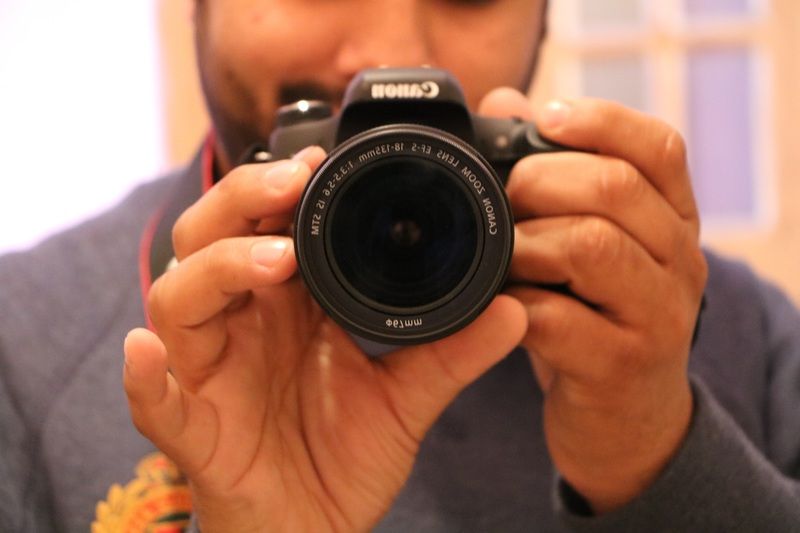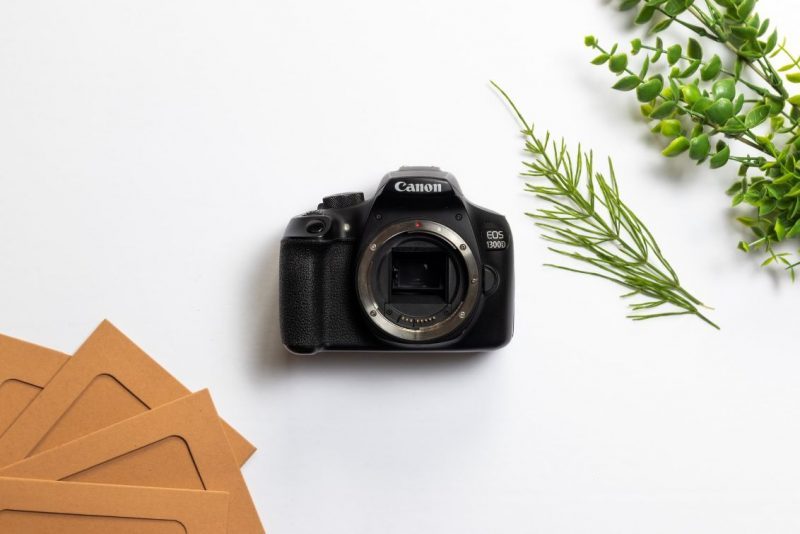If a new canon user started reading my article, the first question he or she may repeatedly think, what the aperture is!
An aperture is a hole like structure perform similarly what our pupil does for our eye lens. It is an entry point for the lights to reach into the camera sensor.
A giant hole allows more light to access for the camera sensor whereas a small hole allows a less amount of light.
The depth of field (The sharp-looking distance between the Farthest and Closest objects in an image) also dependent on the aperture.
Higher the aperture, on the contrary, smaller the Depth of Field.
However, let come to the point. All canon user must need to know how to change aperture on canon very well.
As any perfect image solely depends on the camera’s aperture as well, it needs to learn well by all camera users.
Change the Aperture on Canon:
“Opening up”, “Stopping down”, “Shooting Wide Open”, “F-Stop”, “F-Stop Number” all are talking about the camera aperture.
There are two types of canon series existing in today’s photography field; the Canon Rebel series and the canon EOS series.
Let’s know how to change the aperture for both the series of canon-
How to Change Aperture on your Canon Rebel Series Camera:
- Grab the camera.
- Set the Manual Mode.
- Suppress the Shutter Release Button.
- Leave the button when the Meter becomes activated.
- Use your Thumb to hold the AV button (at the back of your canon camera).
- Again, use the Index finger and turn the Quick Control Dial.
- Turning the dial at left will give you a large aperture (small f-stop value). And in the same way, turning the dial at right will provide you with a small aperture (large f-stop value).
How to Change Aperture on your Canon EOS Series Camera:
- Depress your Shutter Release Button.
- Wait until the Meter gets activated.
- Use your Thumbnail to scroll the larger Quick Control Dial situated back on your cannon.
- Same as previously described, scrolling clockwise will give you a smaller aperture and scrolling anticlockwise will give you a larger aperture.
How Aperture Impacts on your Captured Image?
Generally, an aperture may impact on the image in several ways. The first thing is exposure which defines the brightness of your image.
As we know already aperture determines the amount of light reach to the camera sensor to fix the intensity of the captured image, a little bit of changing of the camera aperture, could be capable enough to alter the overall brightness of the picture.
A larger aperture will allow plenty of light to insert into the camera body.
Finally, it will make a brighter image for you. And a smaller hole will do precisely the opposite to create a darker image.
Secondly, the aperture can impact on the Depth of Field (sharper appearance of the image from nearest to the rear).
As already we may know that, a “Thin” and “Shallow” Depth of Field indicates your image background totally is out of focus.
Again a “Large” or “Deep” Depth of Field tells your image has a sharp foreground& background.
When you Need a Larger or Smaller Aperture?
For portrait type image or any image in where you need to isolate your object from a blurred foreground & background, you will need to larger the aperture.
Again, for landscape or any architectural image, you need to focus the foreground and the background very sharp (a low amount of blurredness).
A smaller aperture, in that case, will give you a small amount of blurredness from the front to rear portion of your image, ensuring a high sharpness.
Frequently Asked Questions on Aperture (FAQs):
FAQ-One: How I could find the numerical value of the aperture into my camera?
Answer: Basically, aperture numerically expressed as f-number or f-stop value. This f is placed immediately to a number to defined the hole mathematically. Like, f2, f3.5, f8, f11 like so many others. You can see the aperture value on the LCD screen, on the viewfinder easily.
FAQ-Two: What is the large and smaller value of aperture?
Answer: f/2 is the larger aperture than f/8. It is a little bit awkward.
As we are habituated to see a more significant number indicates the more substantial value, but the aperture value is different from that.
It’s a common scenario for photography so don’t overlap with as common mathematics value here.
FAQ-Three: Does a larger aperture is ideal for darker photography?
Answer: Yes, you are right. A larger aperture (for example f1.8, f2) offer your camera to get more light at its lens. Thus, low light photography will become lighter and become a sharper image, finally.
Five Things you should know About Aperture:
- Though a numeric value expresses aperture, it is a hole like structure onto your camera lens.
- You can change the aperture value according to the image demand brightness.
- The larger you open the hole; the more light will sense your lens. Again, the smaller you open the hole, less light will come in contact with your camera lenses.
- Depending on the image pattern, you have to use both sizes aperture (both the larger and smaller).
- Aperture is one of the super items of the “Exposure Triangle”! Iso and shutter speed are the remaining two items of this triangle.
Final Verdict:
It said that sometimes a small thing could change the whole thing very potentially. This same thing also is hundred percent applicable for photography too.
If you cannot fix perfect aperture with your camera lens, no matter how you click the image, there is a limited chance to become it perfect.
That’s why I suggest learning well on how to change aperture on canon. It will inspire you to capture a creative picture.






